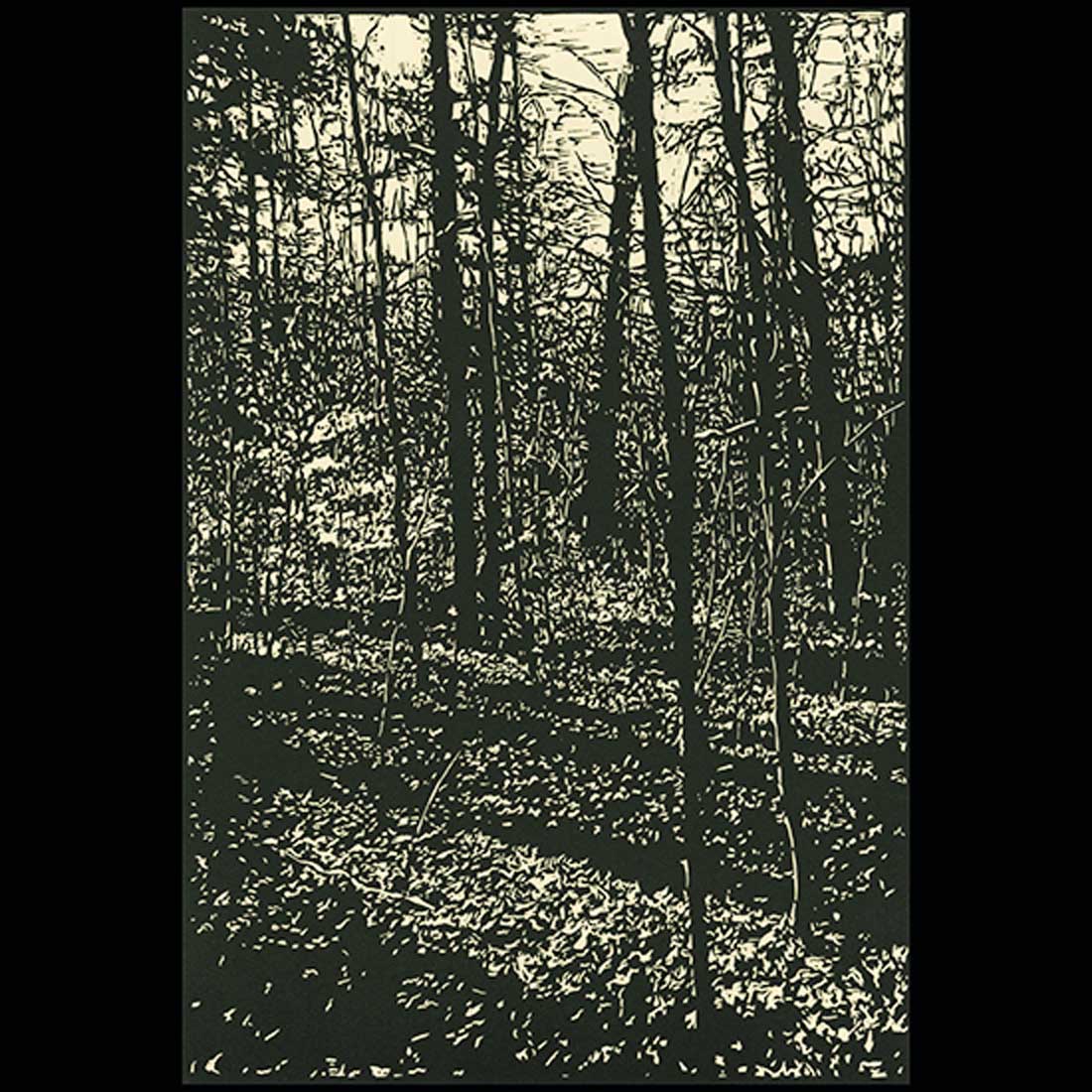Fort Worth Community Arts Center wants to get you in the mood. And then shove you face-first into a cold shower.
Certainly in honor of the month in which Valentine’s Day falls, three exhibits –– the group shows The Art of Birth; Friends, Lovers, and Artists; and RED, RED, RED –– revolve around romantic love. The other exhibits are solo shows by three established artists, each as minimalist as ice water in a clear glass poured on your back while you’re trying to sleep on white sheets.
A longtime fan of the arts center, I feel I’m allowed to say that its walls have been happier. They were giddy most recently over Fractured Reality (“A Death in Pictures,” Dec. 22, 2014), Art in the Metroplex (“North Texans, Rally Around This Exhibit,” Oct. 27, 2014), and Preservation Is the Art of the City (“The Art of Preservation,” Sept. 10, 2014). There’s no need to go into gory detail about the preponderance of undercooked paintings and sculptures in the group shows. Some folks merely need to practice more and look at more great art. The veterans should know better. Their shows represent subtle variations of a species of contemporary art that’s popular but oh, so dull. Let’s call it contraconceptual art.
Rachel Zollinger’s Rendition is all substance, no style. Half of the show consists of several dozen blackish, fractured hemispheres, each about the size of a halved cantaloupe, hanging in a horizontal line on the white walls. The other half is taken up by seemingly randomly placed nails on white backgrounds. It’s all about as exciting as reading a poem made entirely of I’s and O’s.
No one’s saying that theory and art don’t go together. However, we all deserve –– and we all appreciate –– sturdy relationships between scholarship and aesthetics. The best conceptual art visually suggests its theoretical (or historical) underpinnings. In other words, I don’t want to have to read three paragraphs of annoying, pseudo-intellectual artistspeak to get something out of your show. All that Rendition hints at visually is mass production. And the conversation stops there. That objects can be mass-produced is not news. What about mass production is worth thinking about? That millions of people have died along the way? I dunno, cover the hemispheres in fingerprints. That our planet has been irreparably damaged in the process? Dump a bunch of hemispheres in a corner. That civilization has prospered? Work some bright gold into those nails.
Sarah Leflar’s History Painting is the fitness equivalent of a sauna. You’re sweating a lot, but you’re not getting any healthier. “I developed processes,” she says in her artist’s statement, “to create complex surfaces on OSB (also called particle board), which is made from layers of wood chips electrostatically oriented and set in a glue matrix.”
A “glue matrix”? Never mind. What she’s trying to say is that she’s hung some particle board on the walls.
And if you’ve seen one David Conn linotype of the deep woods, you’ve seen them all. His “show” isn’t a show. It’s a sale. (Well, a sale to Ed Bass. One of Conn’s pieces goes for 10 large.)
As one-note as his black-and-white prints are, they are not bereft of abstract-expressionist beauty –– and gallons of sweat equity. You just wonder if all of those hours spent hunched over his linoleum with his knife, carving out tiny tree branch after tiny tree branch, might have been better spent. But Conn, an emeritus professor of art at Texas Christian University, keeps on rollin’ that boulder up the mountain.
All of this less-than-stellar work got me thinking. Maybe the good stuff I saw wasn’t really good. Maybe it was good only by comparison.
Nah. Looking back, I can confidently say The FWCAC has stumbled on some minor masterpieces.
The Art of Birth is certainly well intended. Curated by Texas Birth Networks, a maternity nonprofit, the exhibit takes up the most gallery space but says the least. Did you know that pregnant women’s bellies expand during pregnancy? OMG! They totes do! Yet among the terribly clichéd paintings of mothers-to-be as all-powerful, all-knowing Mother Natures (gag), there are a few gems.
One is Natasha Hance’s photo of two young, bearded men swaddling a newborn. You’d have to be a hard-hearted jerk to not feel the joy and tenderness in their faces. The other two are surreal paintings by Chad Hoberer. The “Topless Portrait of the Pope” is a type of dark, hellish flower with three human embryos for petals. In “Imperial Conception,” a gas mask-clad female figure emerges from waves of flesh in front of a dystopic industrial landscape. A black cord dangles from her embryo to the metallic contraption connected by another cord to her face.
Funny, but The Art of Birth’s least literal genre, surrealism, seems to have encapsulated pregnancy the best.
Thinking of stopping by the arts center? Make the trek to the rear gallery. Romance and minimalism come together neatly in Verne McFarland’s “Night Sailor.” A mixed-media sculpture no bigger than a violin, it may be too sci-fi for tall-ships enthusiasts, but for art lovers, it’s a splendid conversation piece. And isn’t that how every romance starts?












